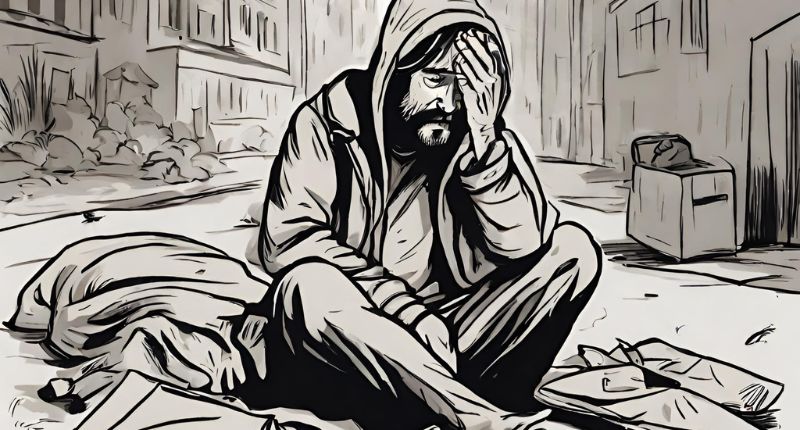
- Soaring homelessness in Australia due to rising rents and worsening affordability.
- Demand outpaces capacity as homelessness services are stretched to capacity.
- More social housing urgently needed to quell the crisis.
Homelessness and rough sleeping have surged across Australia over the last year, driven by worsening affordability, tightening rental vacancy rates, and a cost-of-living crisis, according to the latest data released by the Australian Institute of Health and Welfare.
A worsening situation
Homelessness Australia’s analysis of the data revealed that the proportion of individuals who were already homeless when they sought help grew by 5.5% over the last year.
Additionally, the proportion of rough sleepers seeking homeless services rose by 17%.
There was also an alarming 16% uptick in people leaving homelessness support to rough sleeping, while exits to private rentals shrank by 2%.
“These figures are a stark and alarming indicator of how the deepening housing crisis is pushing more Australians to sleep in their car, pitch a tent or couch surf,” said Homelessness Australia CEO, Kate Colvin.
“It’s very hard to work or learn when you have no roof over your head or a real prospect of getting a home.”
“The data also reveals that homelessness service capacity hardly increased in 2022-23 despite surging demand, with the number of clients supported across the year increasing only 1.3% from 272,694 to 273,648; a fall of 16,814 from those assisted when funding to homelessness services was temporarily increased during Covid.”
With the Government refining its National Housing and Homelessness Plan, Homelessness Australia has called for developing a reasonable proposal to eradicate homelessness within a decade.
“Ending homelessness is entirely doable as we saw during COVID,” Colvin said.
“We need substantial investment in social housing, sustained focus on the causes of homelessness, and a significant boost in funding for homelessness support services.”
Kate Colvin, Homelessness Australia
Unfortunately, the government has yet to address a $73 million funding gap in homelessness services, with the Equal Remuneration Order (ERO) support for the wages of homeless service workers set to expire soon in June 2024.
Victoria’s peak body for homelessness responds
Council to Homeless Persons CEO, Deborah Di Natale, estimated that about 60,000 new public and community homes were required over the coming decade to tackle the homelessness crisis.
“This report is another indicator of just how badly Victoria’s broken rental market is failing vulnerable people and leaving them with nowhere else to turn,” she said.
Melbourne residential vacancy rates
“We’re seeing thousands more people seeking help for housing stress and evictions. This includes people working full and part-time.
“Previously, employment was a significant protective factor against homelessness.
“But soaring rents and the lack of social housing have eroded that buffer for many people. And if it’s difficult to keep a roof over your head while working full or part-time, it’s virtually impossible to do so on a very low or no income.”
Homelessness NSW reaction
Homelessness NSW CEO Dom Rowe expressed dismay at New South Wales’s (NSW) worsening homelessness, stating that the issue should not be occurring in such a prosperous state.
However, a lack of capacity has seen the servicing of only 49% of individuals needing emergency accommodation.
Moreover, only 21% who needed long-term accommodation received it.
“Homelessness services are so stretched they are having to turn away one in two people who knock on their doors. And there are many more people who don’t ask for help at all,” he said.
“Frontline services do the best they can to keep people housed, but there are not enough homes and inadequate funding to keep up with demand.”
With demand pushing homeless services beyond capacity, Rowe warned that vulnerable women and children would be forced to endure homelessness or live in unsafe homes.
“The government could easily solve this by investing just an extra $152 million a year into homelessness services so they can meet demand.
“It must also urgently build more social housing, which is at historically low levels. This will provide stable homes to people in need, take heat out of the private rental market and ease pressure on our schools, hospitals and community services over the long term.”
Dom Rowe, Homelessness NSW







